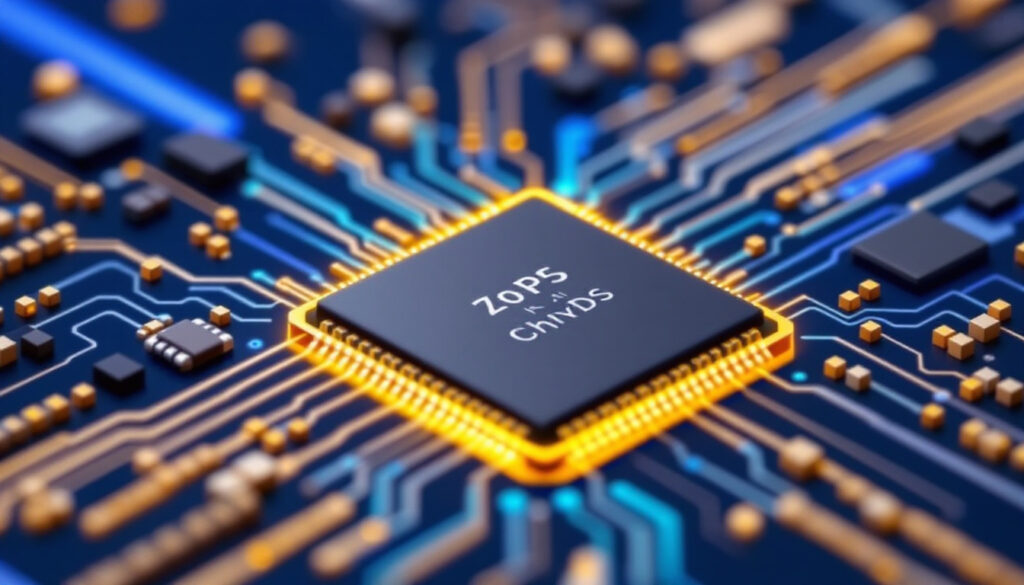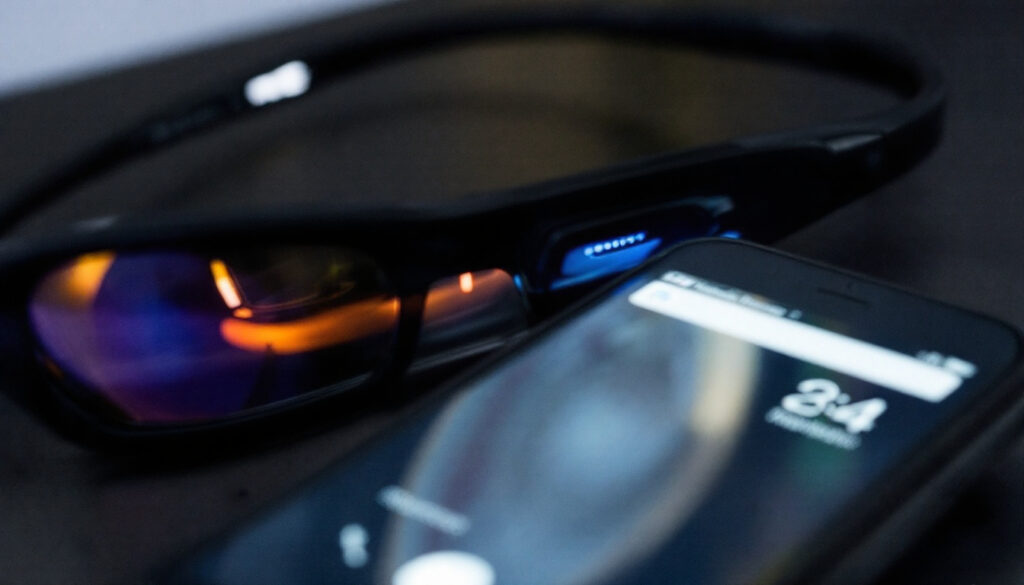The Rise Home Robots and Their Practical Benefits at Home
Robots are finally moving from science fiction into our living rooms. Smart home robots are no longer just a vision; they’re helping people with cleaning, security, and daily routines today. Shoppers want more convenience, safety, and time back in their day, and the newest home robots offer just that. In this post, you’ll get a clear look at the latest robots you can buy now. Find out how they’re helping families, saving hours, and even changing how we think about daily life at home. The Evolution of Home Robots: From Concept to Reality Bringing robots into homes is no overnight story. Decades of dreaming, invention, and fresh tech got us to the smart home robots on store shelves today. The journey stretches from big ideas in books and movies to real machines helping us sweep floors and watch our front doors. Early Concepts and Influences If you flip through old sci-fi books or vintage magazines, you’ll see people have pictured robot helpers in homes for generations. Early versions were clunky machines or outright fantasy—think metallic butlers and cleaning droids from mid-century comic strips or shows like “The Jetsons.” These stories set the stage for what folks wanted: convenience, safety, and time for better things. Inventors made first attempts at real domestic robots as far back as the mid-20th century. In the 1930s and 1940s, tinkerers came up with remote-controlled lawn mowers and odd-looking automatons with limited movement. Progress was steady, if slow. By the 1980s and 90s, basic automated vacuum cleaners and toys arrived, showing what’s possible when fiction sparks engineering. For more detail on the roots, initiatives like From Factories to Homes: The History of Domestic Robots map out this timeline from wild idea to practical tools. Tech Breakthroughs: AI, Sensors, and Connectivity The story really picks up with smarter technology. Artificial intelligence brought “brains” to home robots, helping them learn routines and avoid bumping into walls. High-tech sensors let today’s gadgets see and feel their way around furniture. Adding Wi-Fi and Bluetooth allowed robots to talk to phones, cloud apps, and other smart devices, opening new ways for them to help at home. Key advances make a difference: This tech mix finally brought robots out of labs and into our living rooms. Gadgets like robotic vacuums, mops, and home security bots are possible thanks to these once high-end components. For a look at how these gadgets are made smarter, check out 10 Home Robots to Make Your Domestic Life Easier, which explains how technology brings these helpers to life. Photo by Kindel Media Market Trends and Consumer Adoption Home robots moved from niche tech to must-haves over the last decade. At first, most people viewed robot helpers as novelties or toys. Early products cleaned floors or acted as smart speakers—handy, but not essential. As quality improved and prices dropped, trust in these robots rose. People found real value in automating chores and boosting home security. In recent years: Some companies even design features from customer feedback, so today’s robots handle everything from allergies to pet messes. As seen in sources like The Rise of Domestic Robots and the Design Behind Them, manufacturers respond directly to how we live. People’s attitudes changed right along with the technology. Robots were once seen as risky or futuristic—now they’re seen as timesavers and peacekeepers. The more they prove themselves, the faster adoption grows. For an industry-focused view on consumer trends, take a look at The Rise of Home Robots: Impact on Technology Sector. Types of Home Robots Available Today Today’s homes are filling up with helpful robots that tackle chores, boost security, and even provide companionship. These bots come in many shapes and sizes, each designed for a specific task or to add a bit of comfort to your routine. Here’s a clear look at some of the main categories you’ll find if you’re shopping for a home robot this year. Cleaning Robots: Vacuums, Mops, and Beyond Sick of sweeping or mopping? Cleaning robots have exploded in popularity by taking over these dull chores. The most recognized players—Roomba, Roborock, and Braava—combine advanced navigation with powerful cleaning features. Other brands like Ecovacs and Eufy bring unique perks, such as deep cleaning modes for pet hair, boundary setting via phone apps, and even voice-controlled options. Some high-end models connect to your smart home system, allowing you to kick off a cleaning session with a voice command. Robotic sweepers and mops keep your home cleaner with less effort and give you more free time every week. For a deeper look at different home robots designed for cleaning and more, browse 10 Home Robots to Make Your Domestic Life Easier. Companion and Social Robots Home robots aren’t just about cleaning—they can be social, too. Companion robots are now part of many homes, offering everything from friendly chats to elder care reminders. Companion robots often offer reminders for medication, entertainment, or simply a friendly face to break up the day. Their social features support independent living for seniors and help families stay close. Photo by Pavel Danilyuk Kitchen and Cooking Assistants Robotic help is now heating up in the kitchen. Cooking robots are making mealtime prep faster and easier for busy families and food lovers alike. Other helpful kitchen robots include smart blenders, bread makers, and coffee machines that are Wi-Fi enabled and can be controlled from your phone. The rise of kitchen automation means less time spent cooking and more consistency in results. Major advances are changing how we prep food, helping people with disabilities, and reducing stress during busy weeknights. Some devices even offer recipe suggestions or meal tracking, which supports better nutrition in daily life. Home Security and Monitoring Robots Keeping your home secure goes beyond locks and stationary cameras. Robotics have powered a new class of mobile security bots that patrol your property and send real-time alerts to your phone. Smart security robots add mobility and personality to classic home security setups. For a wide overview of different options on the market,








